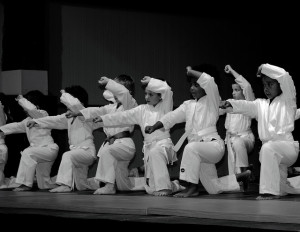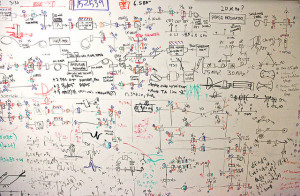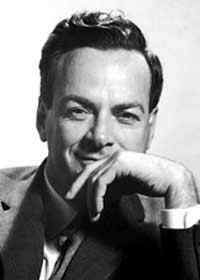 Alan Turing: The Enigma: The Book That Inspired the Film “The Imitation Game”
Alan Turing: The Enigma: The Book That Inspired the Film “The Imitation Game”
by Andrew Hodges
My rating: 3 of 5 stars
If I had to describe this book in one word, it would be: “indulgent”.
The author has obviously spent a lot of time researching many facets of Alan Turing’s life and work. (It seems he even interviewed many people who knew him.) However, he doesn’t appear to have spent much time deciding what not to put in the book. Consequently, it’s very long, and by a third of the way through it, when I was still reading about Turing’s uncomfortable years at boarding school, I seriously considered giving it up.
I didn’t give up, though, and I was glad in the end.
The middle sections of the book, explaining first Alan’s pioneering work as a young mathemetician, then his contribution to cracking the Enigma system, and then his diversion into the design and operation of early computers, were a really interesting read. The author went into quite a lot of mathematical and technical detail in parts which, as a software engineer, I quite enjoyed.
It was very interesting for me to realise that his major achievement was really in his mathematical endeavours rather than in computing. He didn’t do a whole bunch of amazing hardware stuff alone, unlike the film tried to suggest, and the team that eventually built the first working general purpose computer did it in competition with the group Turing was working with, though that project’s lack of progress was not of his making. However, his contribution to mathematics, by proving that there were uncomputable problems, was extremely significant at the time, and Hodges does a good job of setting the scene and describing how Turing’s discovery came about.
During the narrative of these later parts of his life, many of the episodes and observations from Turing’s early life are linked into the story, showing how his upbringing contributed to, and sometimes adversely affected, his pursuits. However, the same links could probably have been drawn with far less detail spent documenting his childhood.
The documentation about his eventual demise leads into some nice, reflective wrapping up about his whole life. This too, though, is probably more long-winded than it needed to be.
All in all, I learnt a lot about the man, about his achievements, about the war, and a few things about maths and computing. I would have preferred it to be a whole lot shorter, though.
PS – I read this book because the movie had come out and I wanted to read the book first. The movie is so far from what is documented as reality in this book that having read the real story actually ruined the movie for me. If you want to both watch and aread, I suggest you watch the movie first, understanding it strays very far from the truth, then read the book afterwards to get the true story.
 Buy it on Amazon
Buy it on Amazon
View all my reviews

 At Tyro,
At Tyro,  I covered a lot of ground in that talk, but something I didn’t get around to talking about was security. However, I believe that’s a really important topic to think about in microservice environments. It’s even more important than with a monolith, because in a service-oriented architecture you’re making a lot more of your system’s functionality directly exposed to the network, and that puts it in closer reach of would-be attackers, or “increases the attack surface” as a security pro would say.
I covered a lot of ground in that talk, but something I didn’t get around to talking about was security. However, I believe that’s a really important topic to think about in microservice environments. It’s even more important than with a monolith, because in a service-oriented architecture you’re making a lot more of your system’s functionality directly exposed to the network, and that puts it in closer reach of would-be attackers, or “increases the attack surface” as a security pro would say.
 Software Architecture Agility
Software Architecture Agility Beth Skurrie (
Beth Skurrie ( When my wife and I had been married for a year, we made a decision to purchase an apartment. It remains, to date, the worst decision we’ve ever made.
When my wife and I had been married for a year, we made a decision to purchase an apartment. It remains, to date, the worst decision we’ve ever made. He started out with the obvious but perhaps too often forgotten observation: “You can’t defend your app unless you actually understand how the hacker’s technology works.”
He started out with the obvious but perhaps too often forgotten observation: “You can’t defend your app unless you actually understand how the hacker’s technology works.” He talked about a strategy for solving big problems described by famous theoretical physicist
He talked about a strategy for solving big problems described by famous theoretical physicist